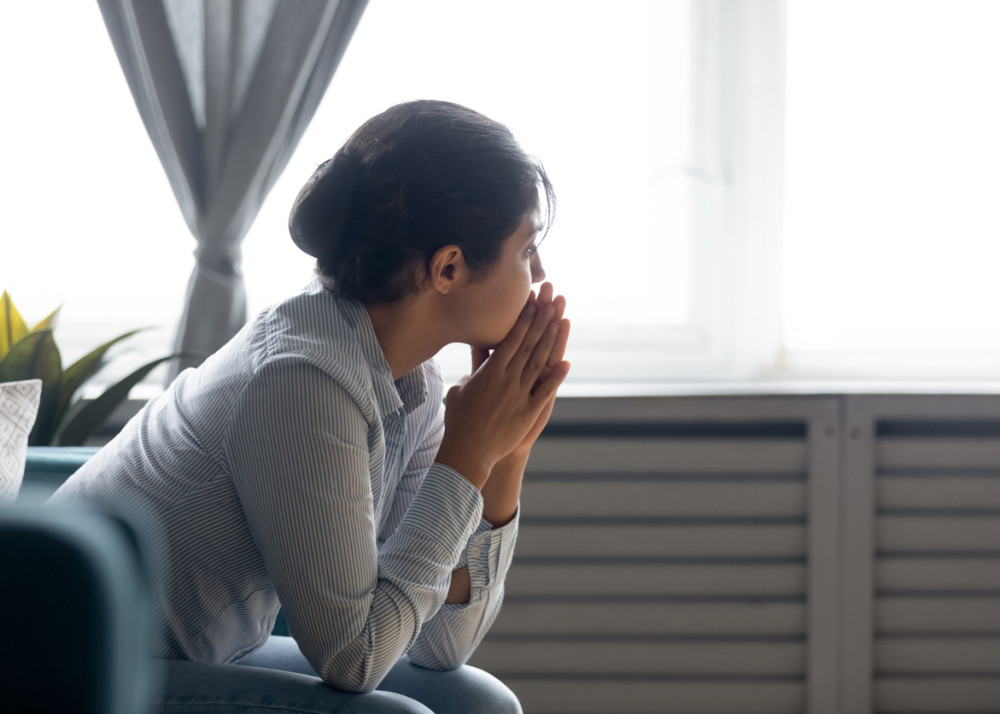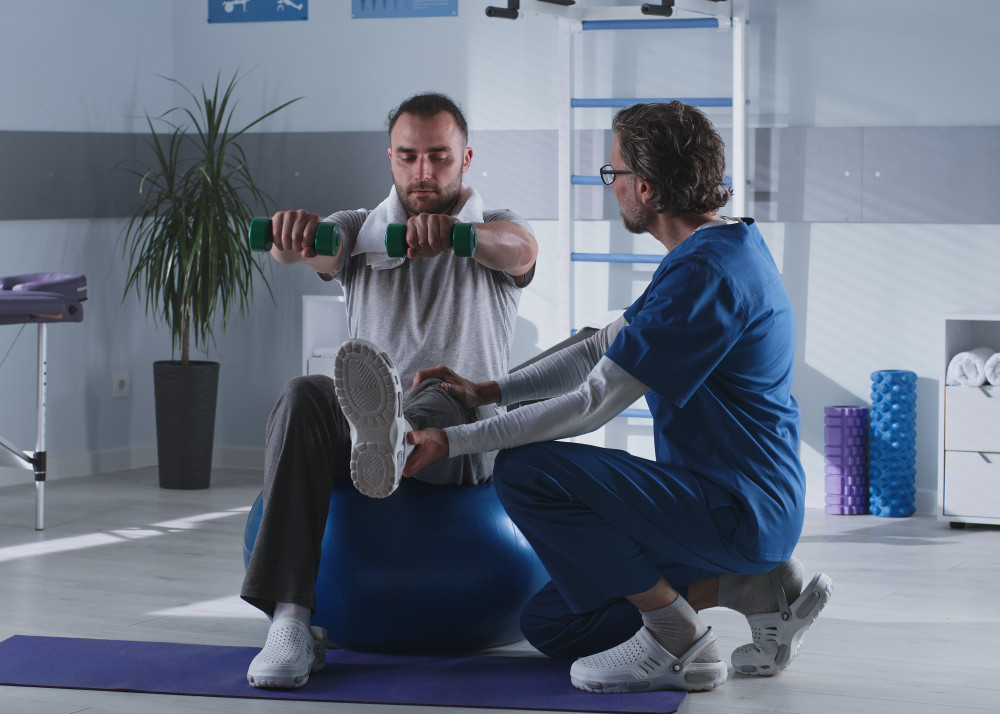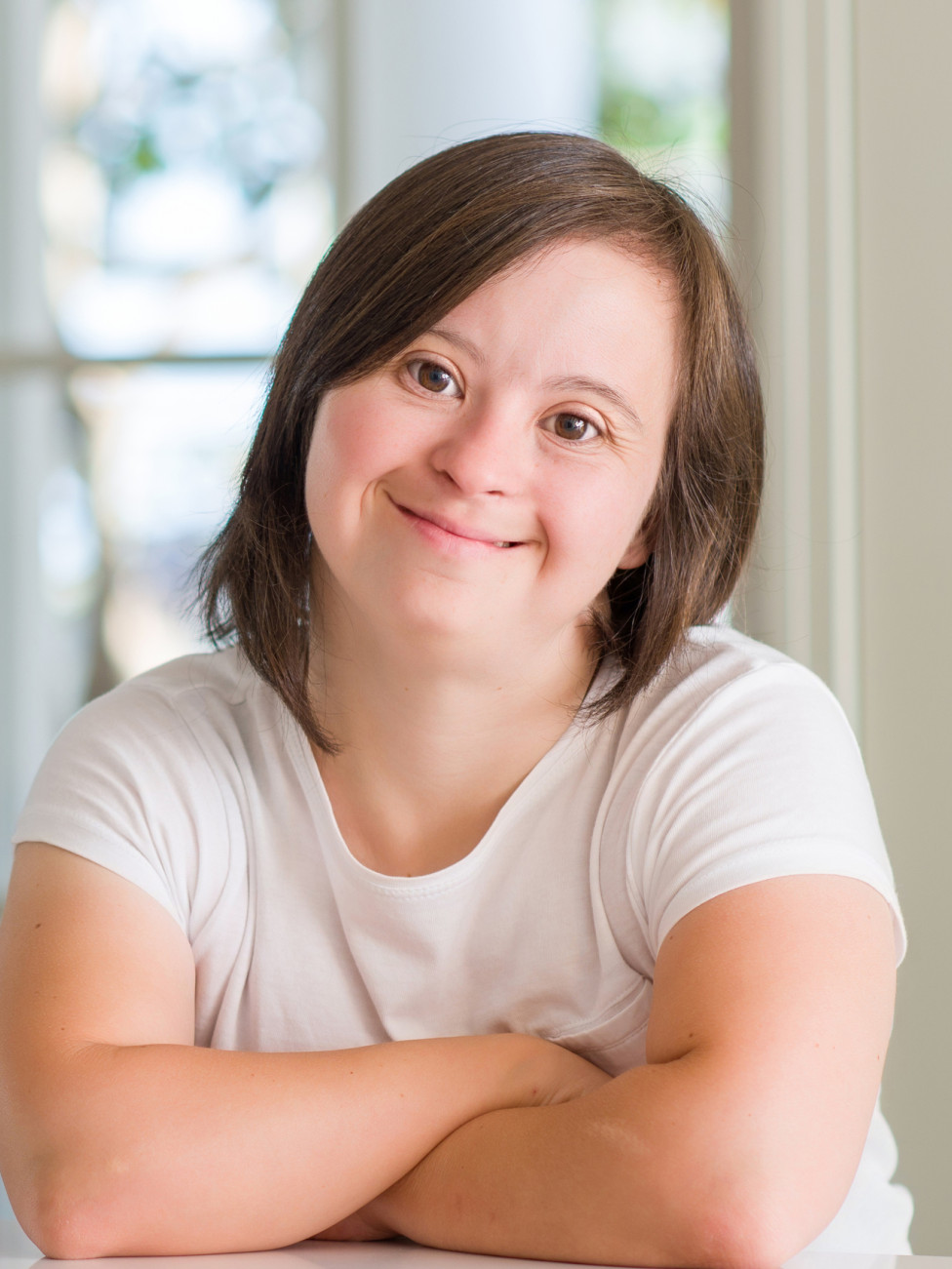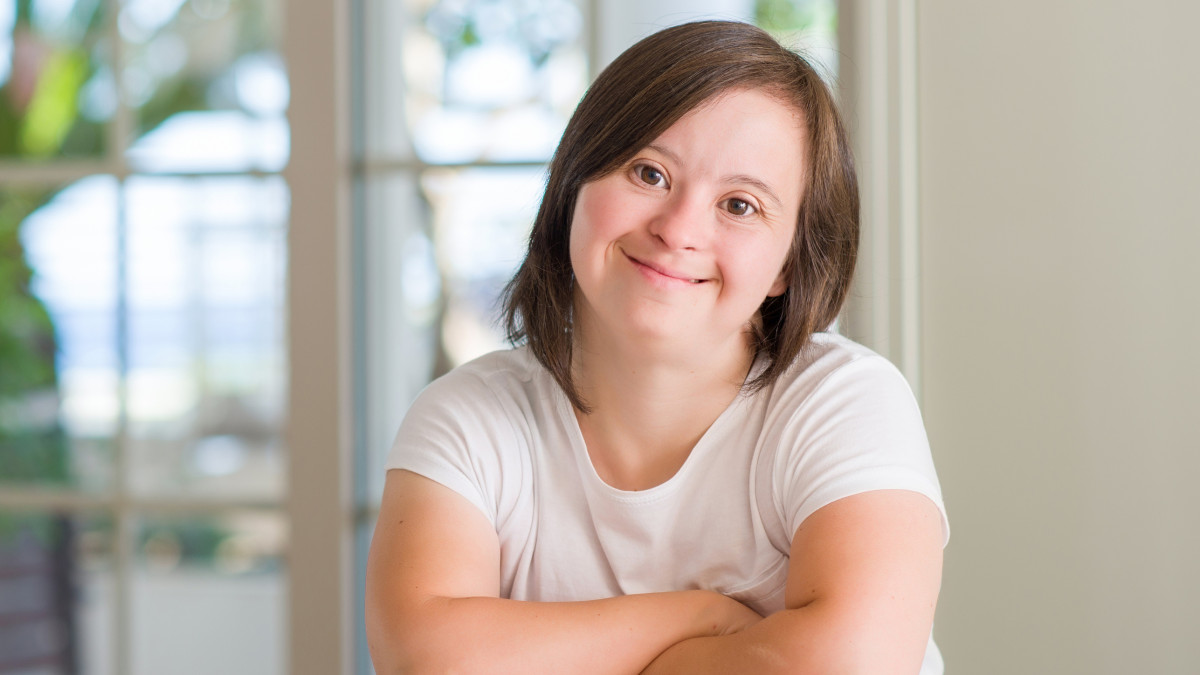Osteoporosis 101: Your guide to osteoporosis
27 October, 2022
Want to learn more about Osteoporosis? Read on to find out about this condition, its causes and treatments.

Osteoporosis 101: Your guide to osteoporosis
Osteoporosis is one of the most common - yet under-reported - conditions diagnosed in older people across Australia. Affecting 20% of individuals over the age of 75, this bone condition is manageable, treatable, and, most importantly, preventable.
To find out more about this bone condition - and how it can be managed - we sat down with Michael, from Limp to Leap Physiotherapy. Read on to learn about Osteoporosis and the exercises that make a difference.
What is Osteoporosis?
Translated, Osteoporosis means: ‘porous bones.’
“That’s what you’ll see if you do a quick internet search,” says Michael. “But what it really means is that the bones aren’t as strong as they need to be.”
A diagnosis of Osteopenia is given when bone density sits somewhere between ‘normal’ and Osteoporosis levels (‘low’). Osteopenia can develop into Osteoporosis.
Without osteoporosis, the body constantly absorbs and replaces bone tissue.
With osteoporosis, the process of new bone creation doesn't keep up with old bone removal - meaning the bones aren’t replaced as they should be.
If they’re not absorbing new tissue and restoring their strength, bones become weak and fragile. They lose their bone density.
“As a result, a simple trip, slip or fall can be a serious problem,” says Michael.
Minor bumps or accidents can cause a fracture, leading to chronic pain, disability, or even a loss of independence.
What does the research say?
“There’s been a lot of research on Osteoporosis in recent years,” shares Michael.
One thing they’ve been trying to understand is what causes Osteoporosis.
Recent research says it involves an interplay of the following factors:
Increasing age
Gender
Family history of condition
Low vitamin D levels
Low intake of calcium
Low body weight
Smoking
Excess alcohol consumption
Low physical activity
Long-term corticosteroid use
Reduced oestrogen levels
The data shows that:
Older Australians, particularly women, are more likely to have Osteoporosis than other cohorts.
Postmenopausal Osteoporosis often affects older women due to a decrease in estrogen during menopause.
20% of people aged 75 years and over have Osteoporosis
In 2017-18, 29% of women aged 75 and over had Osteoporosis compared with 10% of men.
Osteoporosis tends to develop earlier in life for women than for men
What are the symptoms of Osteoporosis?
The symptoms of osteoporosis are very minor - often unnoticeable.
“Unfortunately, it often takes a fractured bone to realise that Osteoporosis is at play,” says Michael.
This is often the reason the condition is under-reported. Many people don’t seek out a diagnosis as they haven’t experienced a drastic change in their bodies.
Back pain,
Gradually reduced height,
Muscle and joint pain.
How is Osteoporosis treated?
“As with every condition, treatment always starts with a doctor’s advice,” says Michael.
Part of the diagnostic process of Osteoporosis involves a bone density assessment. This typically involves a special X-ray that measures the bone density in your spine and hips.
Then, your doctor will do a physical examination, consider your medical history and prescribe a treatment plan - often involving medication, exercise and physiotherapy.
Your prescribed medication will depend on a number of factors, from hormone/menopausal status to patient preference.
“Sadly, hospitalisations are not uncommon for people with osteoporosis, even for minimal trauma fractures,” says Michael.
The most common fracture sites are the hips, forearms, lumbar spine and pelvis.
The risk of hospitalisation can be greatly minimised by exercises that promote bone health. Accessing in-home care can also improve your safety and independence at home.
What exercises can help when it comes to preventing and managing osteoporosis?
“There are two main types of exercises for osteoporosis,” says Michael.
“It’s all about simple and effective ways to build the strength you need to prevent or manage your condition.”
Weight-bearing exercise - think: stair climbing, squats, tennis, aerobic classes and walking
Progressive resistance training - this includes lifting weights and using gym equipment
Exercises suitable for people with arthritis are also beneficial for preventing and managing osteoporosis.
At Focus Care, we’ve been proud to partner with Limp In Leap Out on many client cases. Connecting with Michael and his team, we organise for physiotherapists to do home visits for our clients - ensuring they get the support they need to feel stronger.
If you’ve received a diagnosis, make sure to talk to your doctor, physiotherapist or exercise physiologist about an exercise plan.
At Focus Care, we recognise that safe, effective and regular exercise is vital. If you’re managing Osteoporosis symptoms, or currently on a physiotherapy plan, we offer a range of complementing services such as:
Transport - to assist you in getting to your physiotherapy appointments
Support workers - to guide you on walks or help you follow your personalised program, as created by your physiotherapist (once you’ve had your physio appointment, our Care Coordinator will receive a copy of your program - so your support workers can stay up to date with your plan).
For a no-obligation, complimentary care consultation, contact us today using the form below or call us on 1800 362 871




